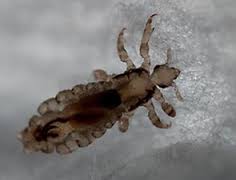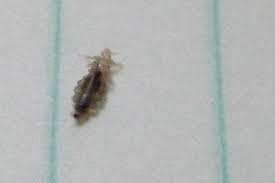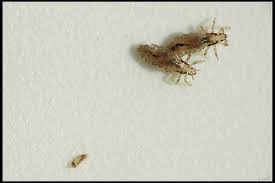Being able to identify the three stages of the head louse will help you to assess how your treatments are progressing.
Stage 1: Nit
Nits are another name for head lice eggs. They are less than 1mm in size: about the size of a knot in a thread. Many people misidentify nits as dandruff or hair residue. They are yellowish or tan in colour and can easily blend in with the hair colour of their host. The eggs are oval in shape and are often found in groupings. Eggs hatch in 6-9 days, varying by environmental conditions. Nits are commonly found behind the ears and at the nape of the neck on adults and older children and on the crown on younger children, firmly attached to the hair shaft.

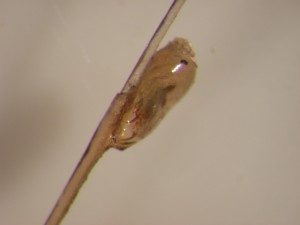
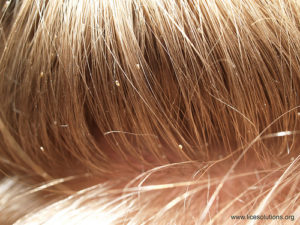
Stage 2: Nymph
Nymphs look almost identical to adult head lice, except for size. After hatching, nymphs go through three stages of growth moultings, maturing after 7 to 10 days. When first hatched, the nymph is microscopic in size and transparent. As it ingests blood, it enlarges and gradually darkens.

Stage 3: Mature Louse
Adult lice look much like a sesame seed when mature. Their colouring depends on the colour of the host’s hair, usually darker on brunettes. The six-legged parasite is capable of living up to 35 days on a person’s head. They are small and wingless, between 1mm and 4mm long. They cannot fly, hop or jump. Their claws are specially adapted to allow them to grip the hair shaft. They live next to the scalp to keep warm. They lay between 8 and 10 nits per day, making an infestation develop rapidly. They feed on the blood from their host several times a day…
